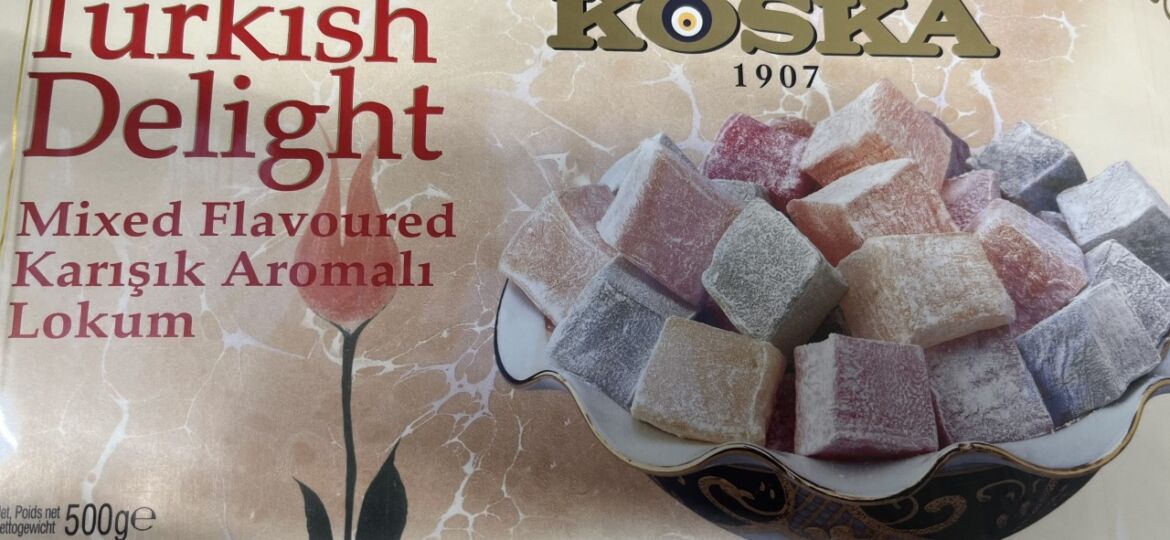
Turkish cuisine is versatile, and Turkish desserts are especially versatile. What is commonly known as “Anatolian sweets” in Europe, and called “Turkish honey” or “Turkish nougat,” is only one of the sugary offshoots of the delicious dessert in Turkey.
Almost every foreign visitor to Istanbul tries baklava, the delicacy made of thin layers of dough, nuts or pistachios, and sugar syrup, which comes in various shapes. By the way, fresh baklava with pistachios is especially delicious if served with a portion of damla sakız dondurma (mastic ice cream). On a particularly hot summer day, I recommend having it with a slice of kesme dondurma (“sliced ice cream”), an ice cream so firm that it must be eaten with a knife and fork.
Dessert lovers should also try other pastry specialties that come in a variety of shapes and flavors. The numerous and sometimes very old shops on Istiklal Caddesi sell specialties with flowery names such as bülbül yuvası (nightingale’s nest), hanım göbeği (lady’s belly), sütlü nuriye (nuriye—a woman’s given name—with milk), vezir parmaği (vizier’s finger) or kadayif. Commonly known and loved as a typical souvenir is Turkish delight (Fig. 1), lokum, made with nuts or fruit juice, or rose water. As delicious as these sweet treats are, Anatolian cuisine has much more to offer.
If you are looking for a more exotic souvenir, try the macun from Manisa, a soft candy that is a bit sticky on the palate but tastes very aromatic (Figs. 2 and 3). Manisa mesir paste is made out of spices mixed with various herbs such as cinnamon, black pepper, pimento, black cumin, mustard seed, aniseed, coriander, ginger, turmeric, coconut, fennel, cubeb, cassis, fructus, myroba, vanilla, piper longum, cardamon, galingale, fructus cassiae fistule, saffron, cumin, rose hip, myrrh, licorice, rhizoa zeoariae, lemon peel, orange peel, thistle seed, linseed, locust, opium poppy, stinging nettle, white pepper, grape seed, chaste berry seed, dried rosemary, erica leaf, melissa, fructus myrobalani nigri, and hibiscus. The consumption of these candies is said to have a healing effect. According to legend, the wife of the Ottoman sultan Yavuz Selim, Hafsa Sultan, fell ill during her stay in Manisa. As there was no cure, Merkez Effendi, the head of the madrasa of the Sultan’s mosque, prepared a paste of herbs and spices. After eating this paste, Hafsa Sultan recovered. Following her recovery, she ordered this paste to be spread from the minarets of the sultan’s mosque. This tradition has been maintained in Manisa since 1539.

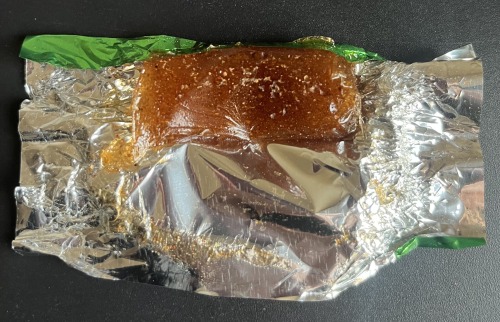
Fig. 2- 3 Photo by author.
The traditional lollipops that can be bought fresh in the streets of Istanbul, but also in villages like Behram/Assos and many other places in Turkey, are prepared in a similar way. However, they do not contain a variety of herbs and spices but only fruit juices or tree resin (damla sakiz or mastic) and a lot of sugar (Fig. 4). The seller dips a wooden stick into the sugar mass and turns the stick several times so that the gluey mass wraps around the stick. Now the lollipop is ready!
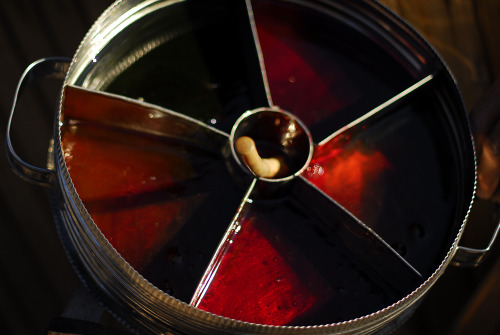
Fig. 4. Assos excavation archive, Aykan Özener.
Other than these sweet souvenirs and shelf-stable desserts, Turkish cuisine has equally tasty creamy desserts to offer that you should not miss out on.
Milk dishes are especially delicious. Even something as common as rice pudding (sütlaç) has a special Turkish twist to it. It is prepared with regular rice, not the round-grain rice used in other countries. Turkish rice pudding is not firm but rather creamy. Most importantly, it is placed in the oven in a second step after cooking, causing the top layer of milk to caramelize (Fig. 5). Tasting it is highly recommended!

Fig. 5. Photo by author.
The more adventurous Istanbul travelers should definitely try tavuk göğüsü (a dessert literally called “chicken breast”). Tavuk göğüsü consists of finely pureed chicken breast cooked in sweetened milk and rice flour as a starch to thicken the milk (Fig. 6). The dessert is usually served with cinnamon. Sometimes it is grilled in the oven, resulting in a caramelized top and tasting almost more delicious than the unbaked version (Fig. 7). This preparation is called kazandibi (“bottom of the pot”). I often had the pleasure of treating foreign visitors who were not vegetarians or vegans to a tavuk göğüsü and then having them guess what the dessert was after the meal. Nobody had any idea that there was meat in the dessert!

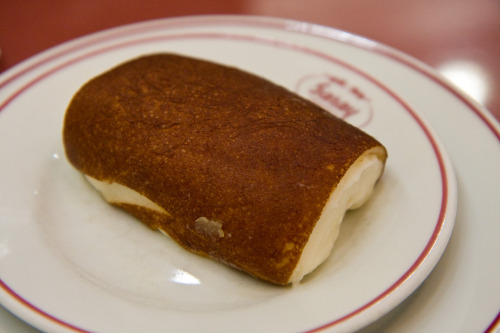
Fig. 6-7 wikimedia
Regarding possible historic roots, tavuk göğüsü bears no resemblance to the pullus tractogalatus (chicken in milk porridge) described by the Roman cook Apicius in the 3rd or 4th century CE. In this dish, the chicken (or fish) was first cooked in white wine and olive oil, boned, and then the mouthfuls of chopped meat were doused in a porridge made from chicken broth, milk, honey, and grape juice. It is possible that Europeans brought the white meat and milk dish back to Europe during the Crusades, having learned it from the Arabs. A similar dish to tavuk göğüsü, blanc mange, was eaten by nobles and wealthy people in the European Middle Ages. In the oldest German cookbook from around 1350, the Buoch von guoter spise, there is a recipe that calls for rice ground into flour, milk, and a chicken breast to be cooked together. Other recipes used fish instead of chicken. For the nobility, however, blanc mange was not a dessert but a main dish.
Another famous dessert, aşure, has different roots. According to the legend, when Noah saw the land again with his ark, he cooked a pudding from the remaining supplies, namely cereals and dried fruits. In the ancient Greek pantheon, wheat symbolized the earth goddess Demeter, pomegranates represented her daughter Persephone, queen of the underworld, almonds were sacred to Aphrodite, and raisins were sacred to the god Dionysus. Interestingly, the eastern Romans, as inhabitants of Byzantium, also knew of such a pudding, which they called kollyba (or kolivia). It is said that kollyba was the food that the Virgin Mary was fed as a child in the temple by angels from heaven, as depicted on a wall mosaic in the Chora Church in Istanbul (fig. 8). There are different recipes to prepare kollyba, whose main ingredient is boiled wheat mixed with various dried fruits. It is served as a common Lenten food and was therefore commonly eaten in monasteries. Kollyba was also prepared as a dish for the commemoration of the dead. For the Greeks, aşure is also known as barvara (Βαρβάρα), named after the feast of Saint Barbara that is celebrated on the 4th of December. During this festival, it is cooked and shared with neighbors.

Fig. 8. Photo by author.
The ingredients for aşure (but also for varvara or kollyba) are wheat grains, white beans, and chickpeas, and sometimes also rice and barley, that are cooked until soft. After draining, the aşure is sweetened with honey or sugar. In addition, aşure also contains some or all of the following: sesame seeds, almonds, hazelnuts, walnuts, pine nuts, cinnamon, sugar, pekmez, pomegranate seeds, raisins, sultanas, dried apricots, figs, dates, grated orange or lemon peel, cardamom, cloves, black cumin, mastic, rose water, or even anise (Fig. 9). Every family in Turkey (as well as in Greece, the Balkans, and the Middle East) has its own recipe, but the one thing they have in common is that they always make a big pot to share with others. So, if you have a chance to try a homemade aşure, do not miss out on it. Otherwise, try my favorite Anatolian sweet at one of the many muhallebecisi (pudding maker) in Istanbul!
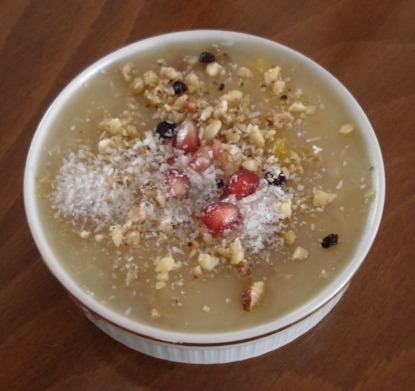
Fig. 9. wikimedia
Afiyet olsun!
————————————————————————————————————————————————
Further readings/bibliography:
Apicius, De re coquiniaria
Anagnostiakis, Ilias, ed. Flavours and Delights. Tastes and Pleasures of Ancient and Byzantine Cuisine. Athens: Armos, 2013.
Baş, Nejla. Mutfağımızdaki Tehlike. Istanbul: Ser Kitap, 2019.
Papanikola-Bakirtzi, Dimitri, ed. Byzantinōn diatrophē kai mageireiai/Food and Cooking in Byzantium. Athens: Museum of Byzntine Culture, 2005.
Waksman, Sylvie Y., ed. Multidisciplinary Approaches to Food and Foodways in the Medieval Eastern Mediterranean. Lyon: MOM Editions, 2020.
www.kulturportali.gov.tr/turkiye/genel/neyenir
de.wikipedia.org/wiki/Mandelsulz

